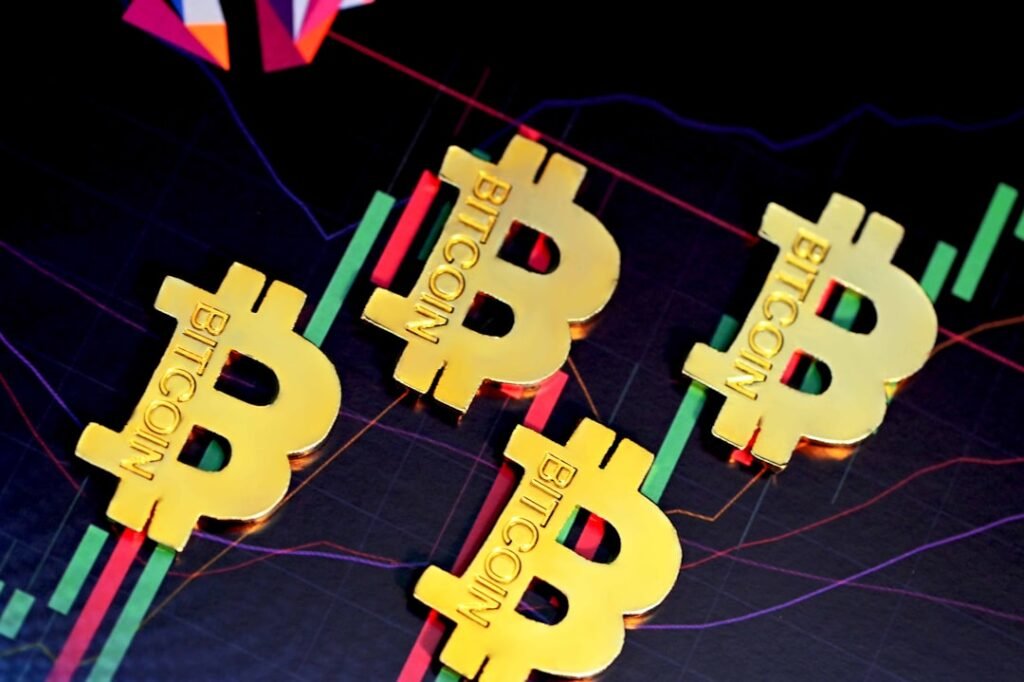The Ultimate Guide to Integrated Wallet Services: Powering Seamless Digital Transactions in 2024 The global shift towards a cashless society is accelerating at a breathtaking pace. With the digital payments market projected to handle a staggering US$11.55 trillion in transaction value in 2024 alone, the platforms facilitating this revolution are more critical than ever. At the heart of this transformation are payment platforms with integrated wallet services, which have evolved from simple transaction tools into comprehensive financial hubs. These digital wallets are no longer a convenience but a necessity, reshaping how consumers and businesses manage money, make payments, and experience financial services. What Are Integrated Wallet Services? Integrated wallet services, commonly known as e-wallets or digital wallets, are platforms that allow users to store multiple payment methods—including credit cards, debit cards, and even bank account information—in one secure, digital location. The basic functionality of an electronic wallet typically includes non-cash payment for goods and services, transfers to other wallets and bank accounts, replenishment through various methods, and receiving funds from external sources. What sets modern integrated wallets apart is their seamless incorporation into broader platforms, creating ecosystems where financial transactions become a natural part of the user experience rather than a separate, cumbersome process. The Top Integrated Wallet Platforms Dominating 2024 Based on current market leadership and technological innovation, several platforms stand out for their integrated wallet services and seamless transaction capabilities. 1. Alipay: The Comprehensive Financial Ecosystem Alipay has cemented its status as a leading digital payment platform globally by offering far more than just payment processing. As an eWallet app that lets users store debit or credit card details to make online and in-store purchases using their phones, Alipay provides comprehensive financial services beyond payments, making it versatile for managing personal finance. Its user-friendly interface and widespread adoption in China ensure a seamless experience within the Alipay ecosystem, backed by robust security measures like advanced encryption and biometric authentication. While typically free for transactions within the app, users may encounter fees for specific services. Despite originating in China, Alipay's global expansion through partnerships and tourist outreach has increased its accessibility worldwide. 2. WeChat Pay: The Messaging Integration Pioneer WeChat Pay (also known as Weixin Pay in China) demonstrates the power of integrating payment services directly into communication platforms. As a mobile payment and digital wallet service provided by WeChat, it enables users to conveniently make mobile and online payments within China and increasingly beyond. WeChat Pay stands out for its seamless integration with messaging, providing unprecedented convenience for its extensive user base. Its intuitive design and widespread adoption within China is supported by robust security measures, including encryption protocols and authentication methods. While typically free for transactions within the app, users may encounter fees for certain services. Although primarily used in China, WeChat Pay is expanding globally through partnerships and tourist outreach, maintaining its dominance in the Chinese digital payments landscape while growing its international presence. 3. Apple Pay: The Security-First Approach Apple Pay represents the premium segment of integrated wallet services, offering a mobile payment service that allows users to make payments in person, in iOS apps, and on the web. Supported on iPhone, Apple Watch, iPad, Mac, and Vision Pro, it digitizes and can replace a credit or debit card chip and PIN transaction at a contactless-capable point-of-sale terminal. The platform's standout features include secure transactions utilizing Face ID or Touch ID, alongside seamless integration with Apple Wallet. Users find it easy to use with Apple devices, while robust security measures like tokenization and device-specific numbers ensure protection. With no additional fees for using Apple Pay, its global availability spans over 60 countries and is continually expanding. 4. Google Pay: The Android Ecosystem Player Google Pay offers another major integrated wallet solution, particularly strong in the Android ecosystem. The platform's standout features include seamless integration with Google services and support for contactless payments. Users enjoy a seamless experience with Android devices, while robust security measures such as tokenization and biometric authentication ensure protection. While personal use is free, fees may apply for business transactions, and its global presence continues to expand across multiple countries. Google Pay allows users to store multiple payment options, including credit cards, debit cards, bank accounts, and loyalty cards—all in one app, eliminating the need to carry physical cards or cash. 5. PayPal: The Global Online Payment Veteran As one of the earliest players in the digital payment space, PayPal has evolved into a comprehensive integrated wallet solution. The platform's standout features include widespread acceptance, comprehensive buyer and seller protection, and effortless integration with online stores. Users benefit from an intuitive interface facilitating seamless transactions, backed by advanced encryption and two-factor authentication for robust security. While transaction fees apply for receiving payments and currency conversion, its global availability in over 200 countries and support for multiple currencies ensure widespread accessibility. PayPal's longevity in the market has built significant trust among consumers and merchants alike. The Technology Behind Seamless Wallet Transactions Integrated wallet services leverage several key technologies to deliver their seamless user experiences: Near Field Communication (NFC)Technology like Apple Pay and Google Pay use NFC, allowing data transmission at distances of up to 20 cm for contactless payments. This functionality is complemented by secure element chips that store bank card information in encrypted formats. QR Code SystemsPlatforms like WeChat Pay and Walmart Pay utilize QR codes generated by their apps, enabling payment without specialized hardware. This approach makes digital payments accessible to users with any smartphone equipped with a camera. TokenizationInstead of transmitting actual card details, services like Apple Pay use tokenization which replaces sensitive card data with unique identifiers. This means merchants never receive or store your actual card numbers. Biometric AuthenticationTechnologies like Face ID, Touch ID, and fingerprint scanning provide additional security layers, ensuring that only authorized users can access wallet features and authorize transactions. The Business Case for Integrated Wallets For businesses, implementing or supporting integrated wallet services addresses several critical challenges: Reduced Friction in Customer ExperienceDisjointed payment processes requiring customers to go off-platform create significant friction. Integrated wallet solutions allow businesses to keep the entire payment process in-platform, speeding up transactions and streamlining the customer experience. Lower Transaction RisksThrough instant account verification and balance checks, businesses can confirm bank accounts are open and valid with sufficient funds before initiating transactions, significantly reducing return rates and associated costs. Cost-Effective ImplementationRather than building complex payment infrastructure in-house, businesses can leverage established wallet platforms through APIs. Solutions like Dwolla's white-label offering provide account verification, balance checks, digital wallets and various account-to-account payment speeds within a single API. Security: The Foundation of Trust in Digital Wallets The success of integrated wallet services hinges on their ability to secure user data and transactions. Modern platforms employ multiple layers of protection: Encryption and TokenizationWallet services employ robust encryption measures to protect data both in transit and at rest. Tokenization further enhances security by replacing sensitive information with non-sensitive equivalents. Biometric ProtectionsThe integration of fingerprint scanning, facial recognition, and other biometric methods ensures that only authorized users can access wallet functionalities. Two-Factor AuthenticationMany services add an extra layer of security through two-factor authentication, requiring users to verify their identity through multiple methods. Device-Specific SecuritySolutions like Apple Pay's Secure Element chip provide hardware-level security, storing bank card information in encrypted format and adhering to industry standards for digital financial transactions. The Future of Integrated Wallet Services As we look toward 2025 and beyond, several trends are shaping the evolution of payment platforms with integrated wallet services: Rise of Superapp WalletsPlatforms like WeChat are evolving into superapps that integrate everything from messaging and shopping to payments into one convenient platform. This consolidation allows users to manage their digital lives effortlessly in one place. Cryptocurrency IntegrationWith growing interest in decentralized finance, digital wallets are increasingly supporting crypto transactions. Cash App, for instance, allows users to buy and sell Bitcoin directly from their balance, making cryptocurrency trading more accessible. Enhanced PersonalizationThrough AI and machine learning algorithms, wallets will offer increasingly personalized experiences, providing customized recommendations and advanced predictive financial insights. Expanded Global AccessibilityWhile many wallet services began with regional focus, global expansion continues through partnerships and tourist-focused services, making integrated wallets accessible to international users. Challenges and Considerations Despite their advantages, integrated wallet services face several challenges: Platform ExclusivityMany wallet services remain limited to specific devices or regions. Apple Pay requires Apple devices, while services like Venmo and Zelle primarily serve the United States market. Transaction LimitationsSome platforms impose transaction limits—Dwolla, for instance, has a $5,000 limit for standard plans and $10,000 for corporate plans. Fee StructuresWhile many personal transactions are free, businesses often face fees, and instant transfers typically carry additional costs across most platforms. Privacy ConcernsSocial features in apps like Venmo, while engaging, can raise privacy issues if users don't carefully manage their settings. Conclusion: The Inevitable Shift to Integrated Wallets The transformation toward payment platforms with integrated wallet services represents more than just a technological shift—it signifies a fundamental change in how we conceptualize and execute financial transactions. These platforms have moved beyond mere payment processing to become comprehensive financial management tools that offer unprecedented convenience, security, and integration. For consumers, integrated wallets mean simplified financial management and faster, more secure transactions. For businesses, they represent an opportunity to reduce friction, minimize transaction risks, and provide superior customer experiences. As technology continues to evolve, we can expect these platforms to become even more deeply embedded in our daily financial lives, potentially making physical wallets entirely obsolete in the not-too-distant future. The cashless revolution is well underway, and integrated wallet services are leading the charge—transforming not just how we pay, but how we interact with the entire financial ecosystem.












